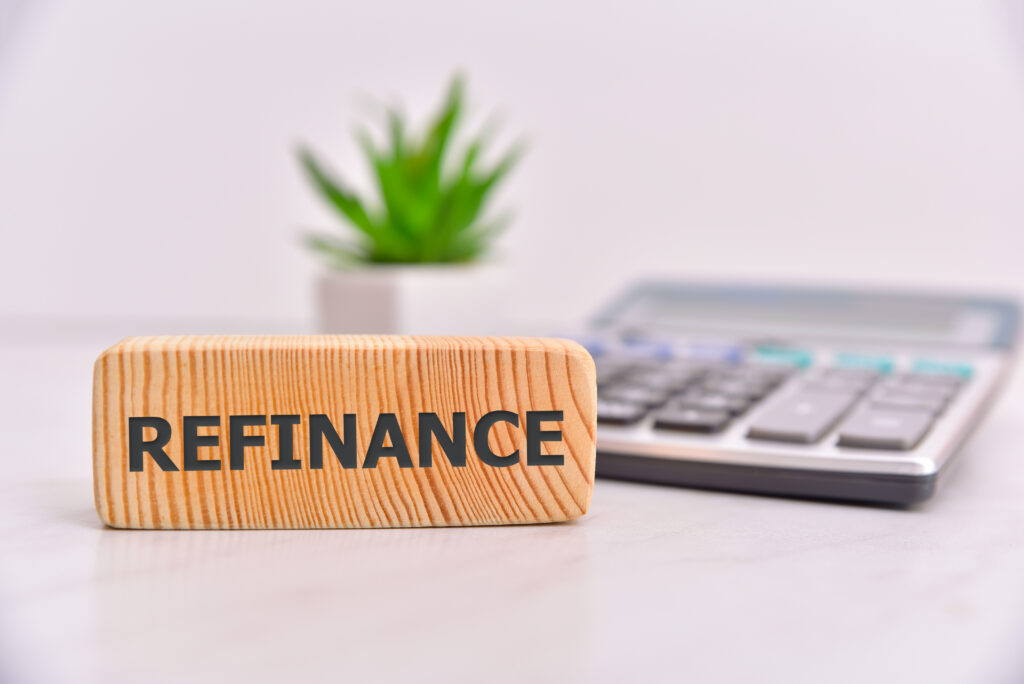
When you take out a loan, you agree to repay the borrowed funds over a certain period of time and at a fixed interest rate. Loan terms might be advantageous at times (low rate, short repayment period). In certain circumstances, you end yourself paying far more than you should. This is when refinancing comes into play and that’s why you need to know what is Refinancing?
You can take advantage of new and improved loan terms by refinancing. You pay less per month and possibly save money on interest. However, refinancing is not always a wise choice.
What is Refinancing?
When you refinance a loan, you are essentially replacing an existing loan with a new one. The new loan replaces the previous one, but it has better conditions and features. Typically, this means making a lower monthly payment and paying less interest overall.
Most people think of refinancing in terms of mortgages. However, you can refinance any type of loan:
- Mortgages
- Auto loans
- Student loans
- Personal loans
People refinance loans for a variety of reasons, including:
- Reduce their interest rates.
- Reduce their monthly payments.
- Change from one loan type to another. (e.g. adjustable-rate mortgage to a fixed-rate mortgage)
- To pay off the loan more quickly. (you can refinance with a shorter loan term)
- To gain access to funds.
Refinancing may be helpful if:
You have a higher credit score, so you’ll get a better rate. You will be financially better off (because to lower interest rates and monthly payments).
Assume you took out a 30-year mortgage in 2006. Interest rates were 6%-7% at the time. Today, refinance rates are much lower, ranging from 3% to 4%. Refinancing might cut your interest rate by 2%, saving you hundreds of dollars per month.
If you’re considering refinancing, a refinance calculator can help you determine whether it’s a good financial decision for you.
What Is the Process of Refinancing?
The process of refinancing a loan is very similar to that of taking out any other sort of loan. You must have acceptable credit and must go through the standard approval process.
The procedure may include:
- Selecting a loan programme. When refinancing a mortgage, you may have the option of choosing between adjustable-rate and fixed-rate loans. Your lender will go over your loan programme alternatives with you.
- Document submission You’ll need proof of your identity and income. Your lender may request tax returns, credit checks, and other evidence.
- Fees and other expenses Mortgage refinancing is frequently riddled with expenses (deposits, closing costs, etc.). Refinancing an auto loan may not be as pricey as you think (title change may be the only big fee).
From application to approval, refinancing a loan might take anywhere between 60 and 90 days.
When is it a bad idea to refinance?
There are times when it is not in your best financial interest to refinance. The following are some reasons why refinancing is not a good idea:
- You are interested in debt consolidation.
- You are looking to make financial investments but need some cash first.
- You want to reduce the amount that you have to pay each month, so you decide to extend the term of your loan. Over the course of the loan’s duration, you will only end up paying more money in interest.
- Because you took out the initial loan, your credit score has decreased as a result.
Conclusion:
If you are considering about refinancing an existing loan, you should give careful consideration to the various options available to you and ensure that the new loan’s conditions are more beneficial than the terms of the loan you already have.
